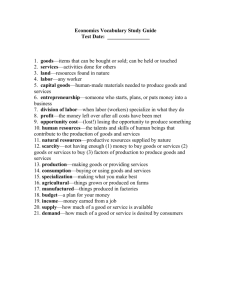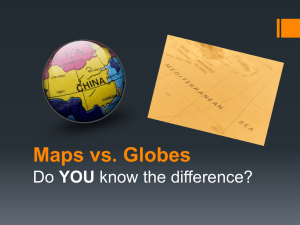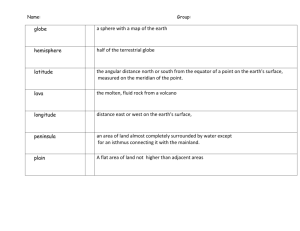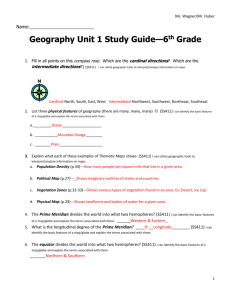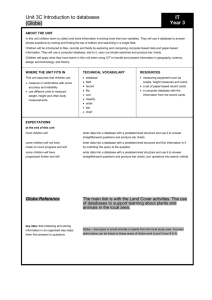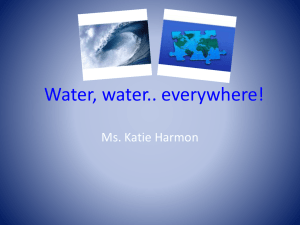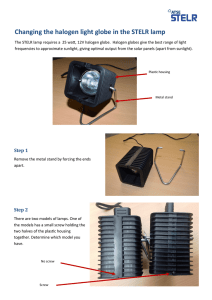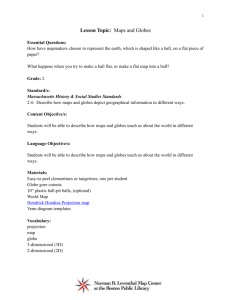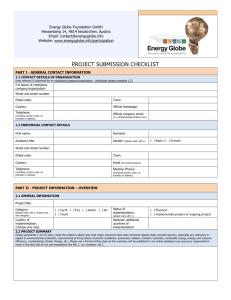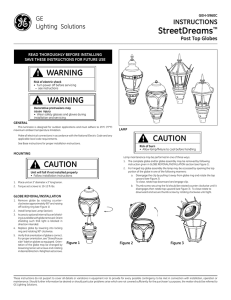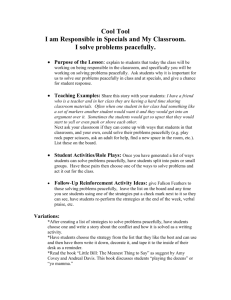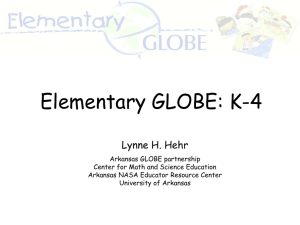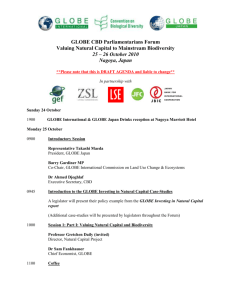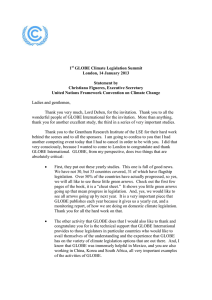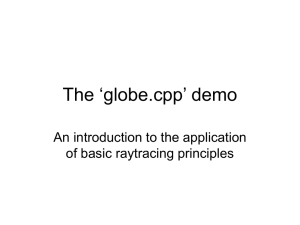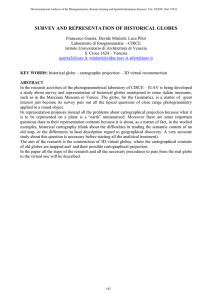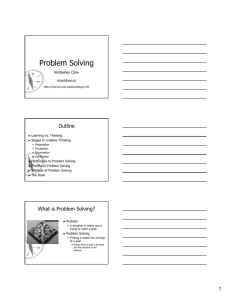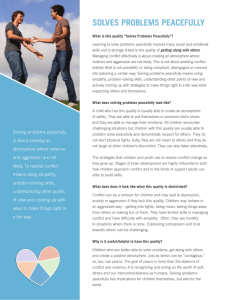Grade 1
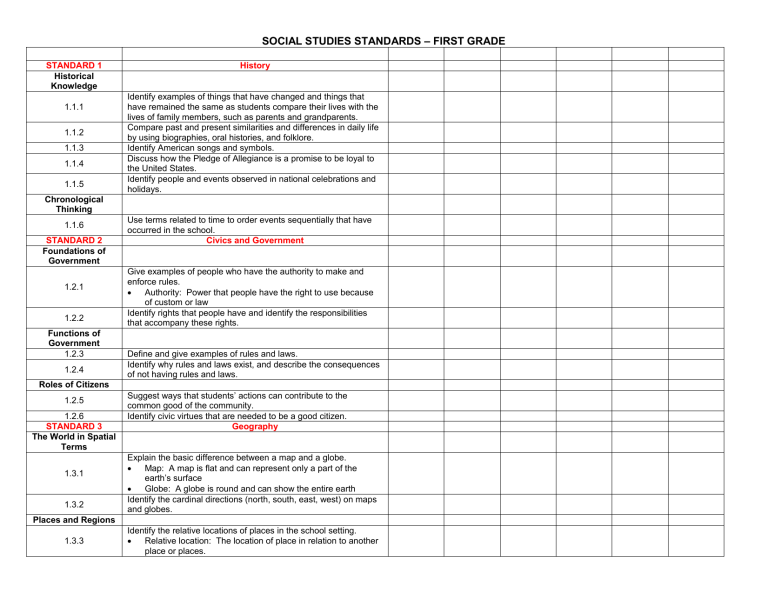
SOCIAL STUDIES STANDARDS – FIRST GRADE
STANDARD 1
Historical
Knowledge
History
1.1.1
1.1.2
1.1.3
1.1.4
1.1.5
Identify examples of things that have changed and things that have remained the same as students compare their lives with the lives of family members, such as parents and grandparents.
Compare past and present similarities and differences in daily life by using biographies, oral histories, and folklore.
Identify American songs and symbols.
Discuss how the Pledge of Allegiance is a promise to be loyal to the United States.
Identify people and events observed in national celebrations and holidays.
Chronological
Thinking
1.1.6
Use terms related to time to order events sequentially that have occurred in the school.
Civics and Government STANDARD 2
Foundations of
Government
1.2.1
1.2.2
Give examples of people who have the authority to make and enforce rules.
Authority: Power that people have the right to use because of custom or law
Identify rights that people have and identify the responsibilities that accompany these rights.
Functions of
Government
1.2.3 Define and give examples of rules and laws.
Identify why rules and laws exist, and describe the consequences
1.2.4 of not having rules and laws.
Roles of Citizens
1.2.5
Suggest ways that students’ actions can contribute to the common good of the community.
1.2.6
STANDARD 3
The World in Spatial
Terms
Identify civic virtues that are needed to be a good citizen.
Geography
1.3.1
1.3.2
Explain the basic difference between a map and a globe.
Map: A map is flat and can represent only a part of the earth’s surface
Globe: A globe is round and can show the entire earth
Identify the cardinal directions (north, south, east, west) on maps and globes.
Places and Regions
1.3.3
Identify the relative locations of places in the school setting.
Relative location: The location of place in relation to another place or places.
SOCIAL STUDIES STANDARDS – FIRST GRADE
1.3.4
Identify physical features and human features in the geography of school and community.
Physical features: Geographic features that occur in nature, such as land and water forms, natural vegetation, and wildlife.
Human features: Features created by humans, such as farms, cities, buildings, and roads
Physical Systems
Explain the effect of seasonal changes on plants, animals, and
1.3.5 people.
1.3.6
Observe and record the physical processes related to weather on a daily basis.
Human Systems
Draw simple maps that show how land is used in the school and
1.3.7
Environment and
Society local community.
1.3.8
STANDARD 4
1.4.1
1.4.2
1.4.3
Give examples of natural resources, such as water, trees, plants, and soil, and describe how people in the school and community use these resources.
Economics
Identify goods that people use.
Goods: Objects, such as food or a toy that can satisfy people’s wants
Identify services that people do for each other.
Services: Actions that a person does for you, such as hair cutting provided by a barber or hair stylist, or dental care provided by a dentist
Compare and contrast different jobs people do to earn income.
1.4.4
1.4.5
1.4.6
STANDARD 5
1.5.1
1.5.2
1.5.3
1.5.4
1.5.5
Describe how people in the school and community are both producers and consumers.
Producers: People who provide goods or services
Consumers: People who use goods or services
Explain that people have to make choices about goods and services because of scarcity.
Scarcity: The idea that resources are limited in relation to people’s wants
Explain that people exchange goods and services to get the things they want.
Individuals, Society, and Culture
Identify one’s own individual talents, interests, and hobbies, as well as the talents and interests of others.
Identify groups to which people belong.
Give examples of how people show concern, respect each other, behave responsibly in a group, and resolve differences peacefully.
Demonstrate the importance of treating others as they would wish to be treated and practice ways of resolving differences peacefully.
Compare similarities and differences in customs, food, play, recreation, and celebrations of families in the community.
